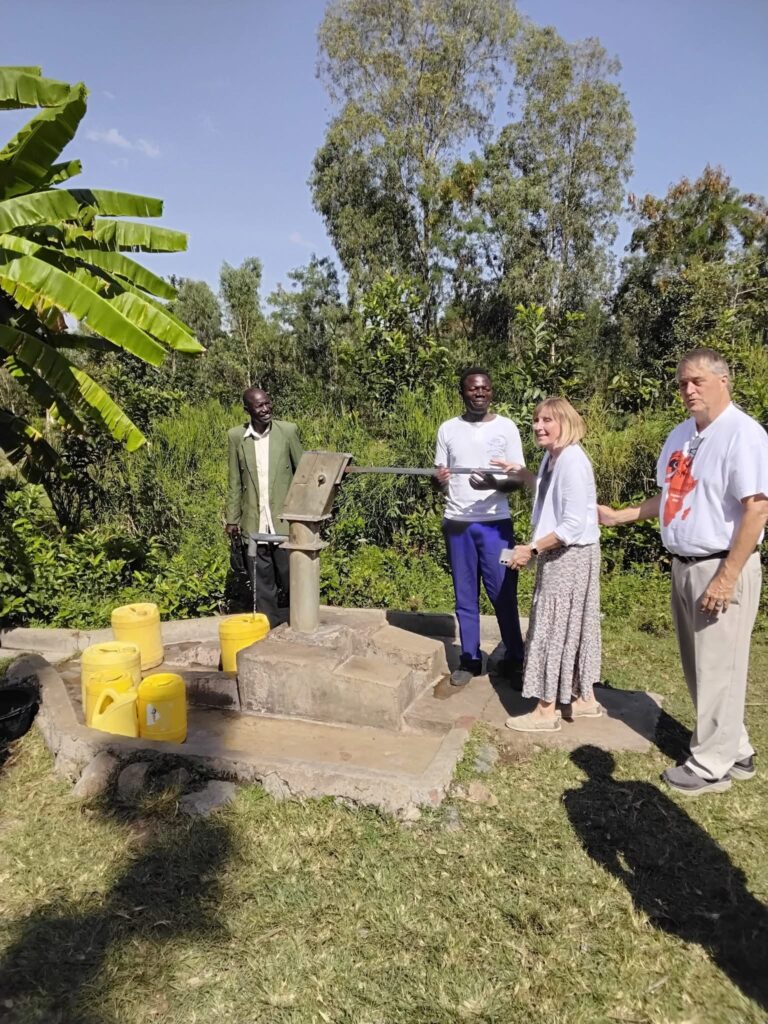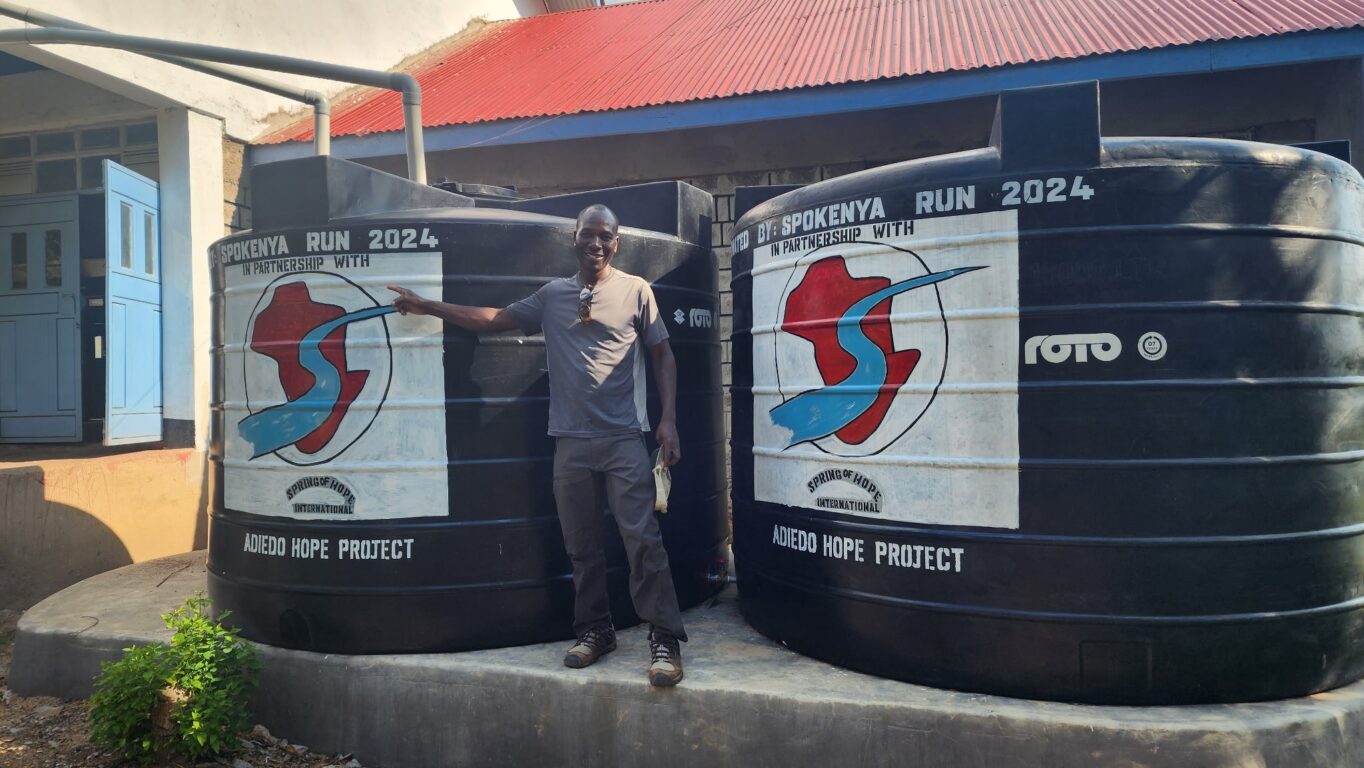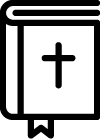Clean Water
The phrase “Water is Life” is far more true than most Americans can comprehend. Water-borne disease and death are common facts of life in the Karachuonyo region of Kenya since the most available sources of water are highly polluted ponds and rivers.
SOHI partners with the community to establish long-lasting clean water sources that are sustainable by the local people.
Clean water is most cost effectively found from these sources:
Drilled Wells
A large supply of clean water is available from an aquifer 300 ft below the ground level through volcanic rock. SOHI partners with the community to drill and refurbish wells. It provides reliable year-round clean water for approximately 1,000 people. The cost of drilling, testing, permitting a well is approximately $26,000.
To ensure sustainability, a well committee of local individuals is formed for each well. This group is trained on the operation, maintenance, and repair of the pump. The well committee monitors the use of the well and charges a very small amount of money for water taken. Thus, the people using the well can keep it in good operating condition.

Rainwater Catchment

The region has two rainy seasons and two drought seasons per year. Rainwater collected as runoff from roofs is a good source of clean water in developing nations. This is accomplished through rain gutters routing water from a metal roof to a 10,000L tank. A typical rainwater catchment system costs approximately $7,000.
Biosand Filters
About 27,500 people in our region in Kenya do not have access to clean water within a 1km walking distance. As a result, these people resort to drinking water from disease-infested water from ponds and rivers. As SOHI continues to raise funds to drill more wells, we also provide training and build infrastructure for a small, community-owned facility that manufactures biosand filters.



